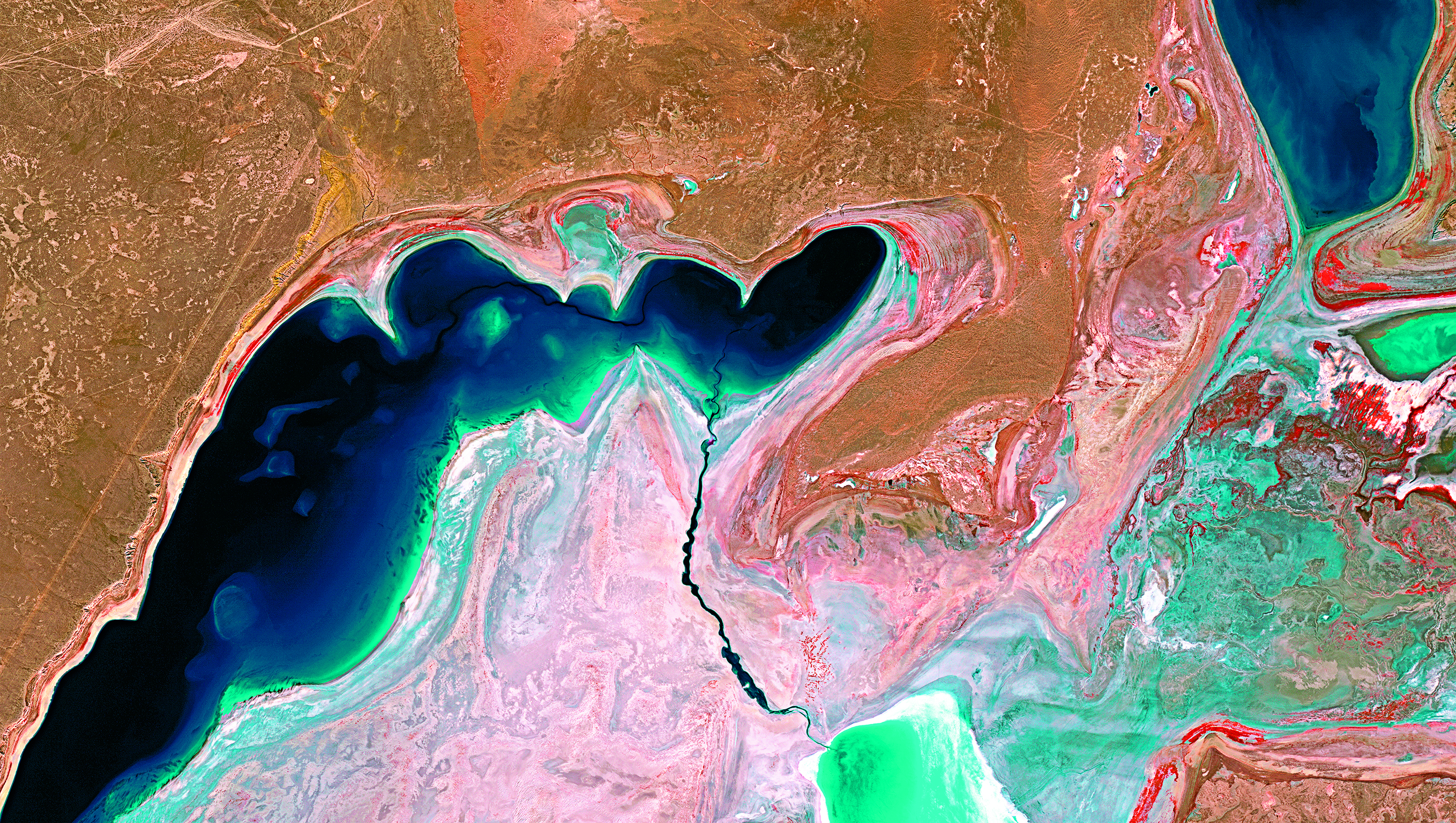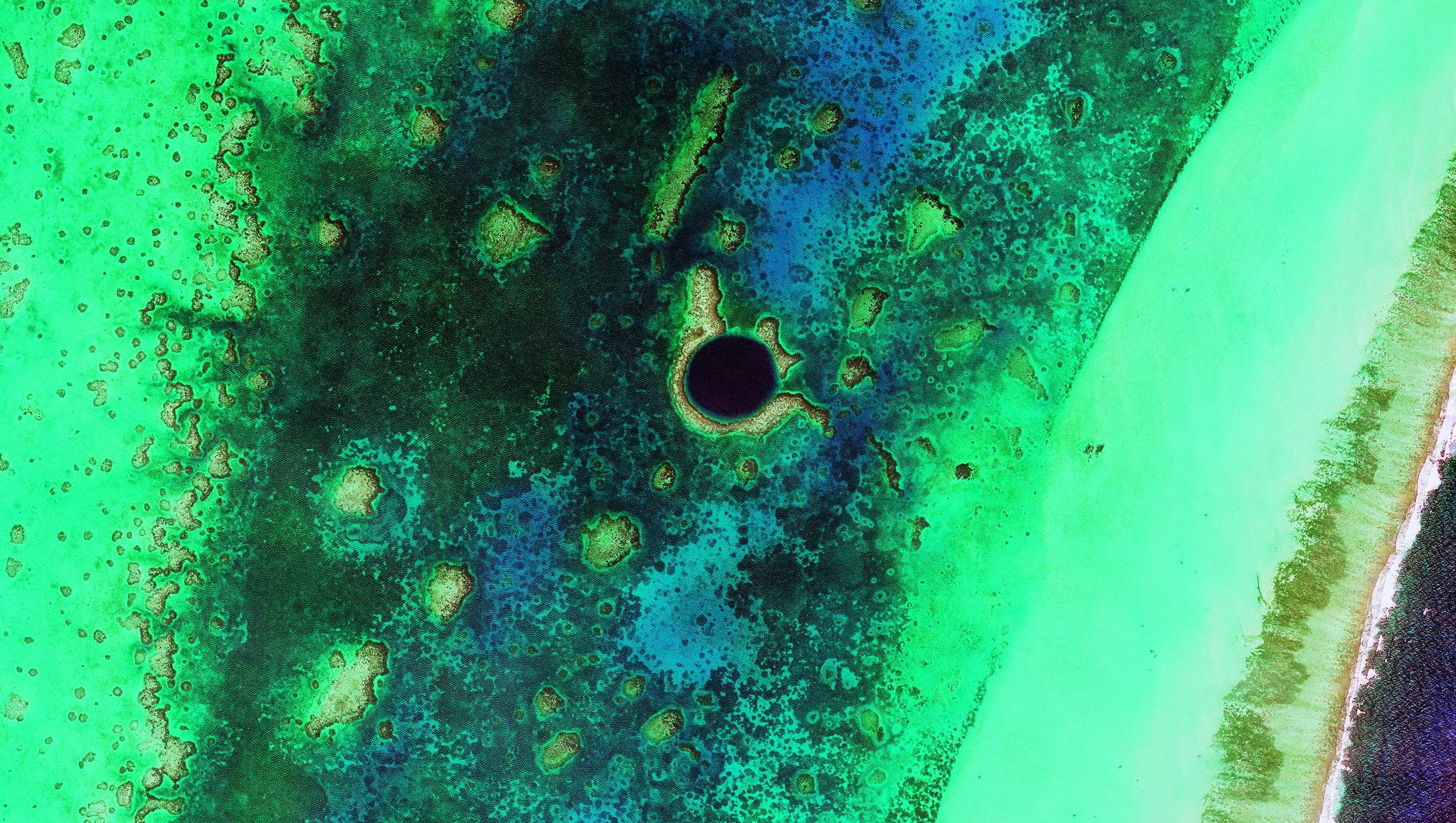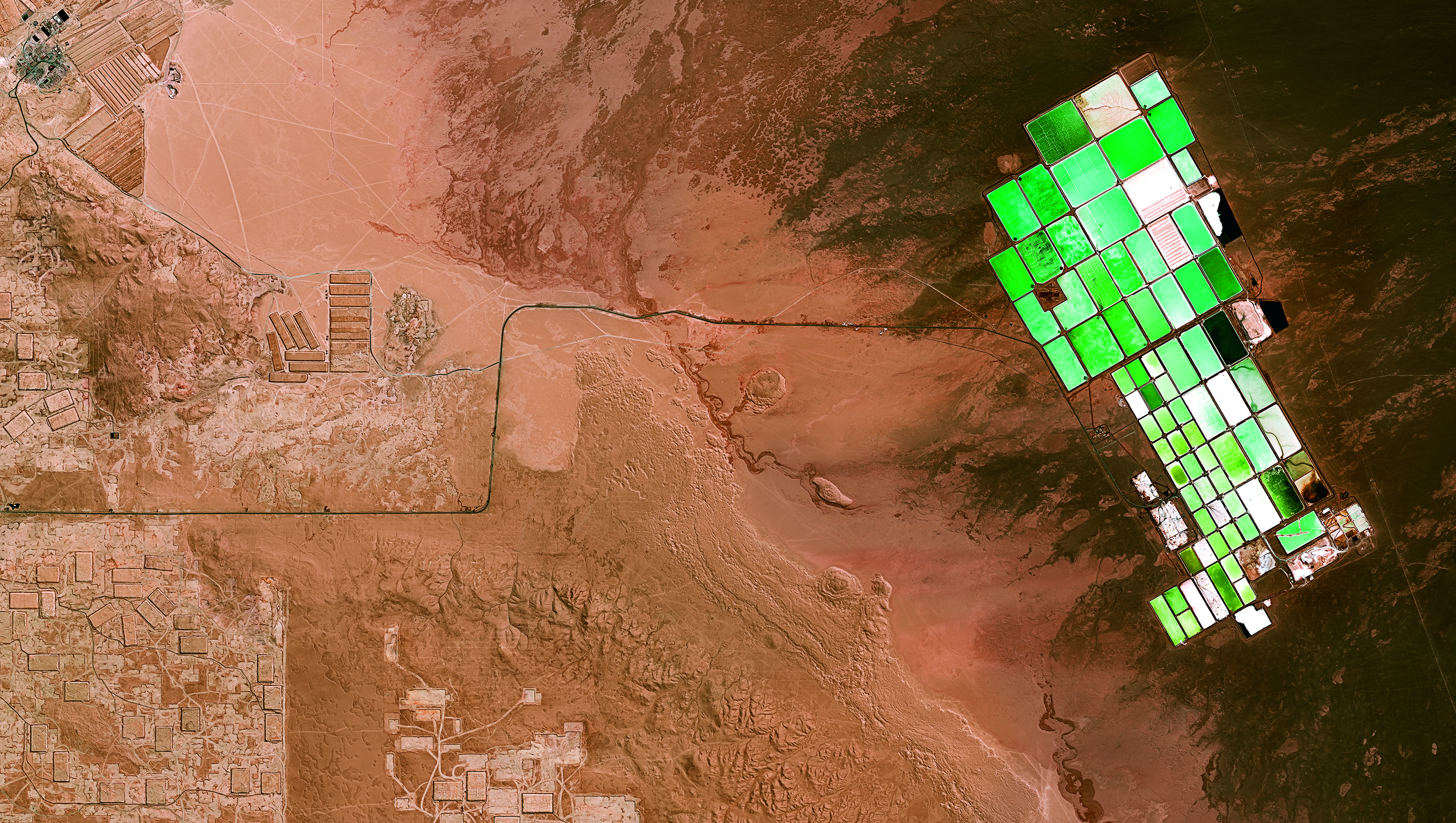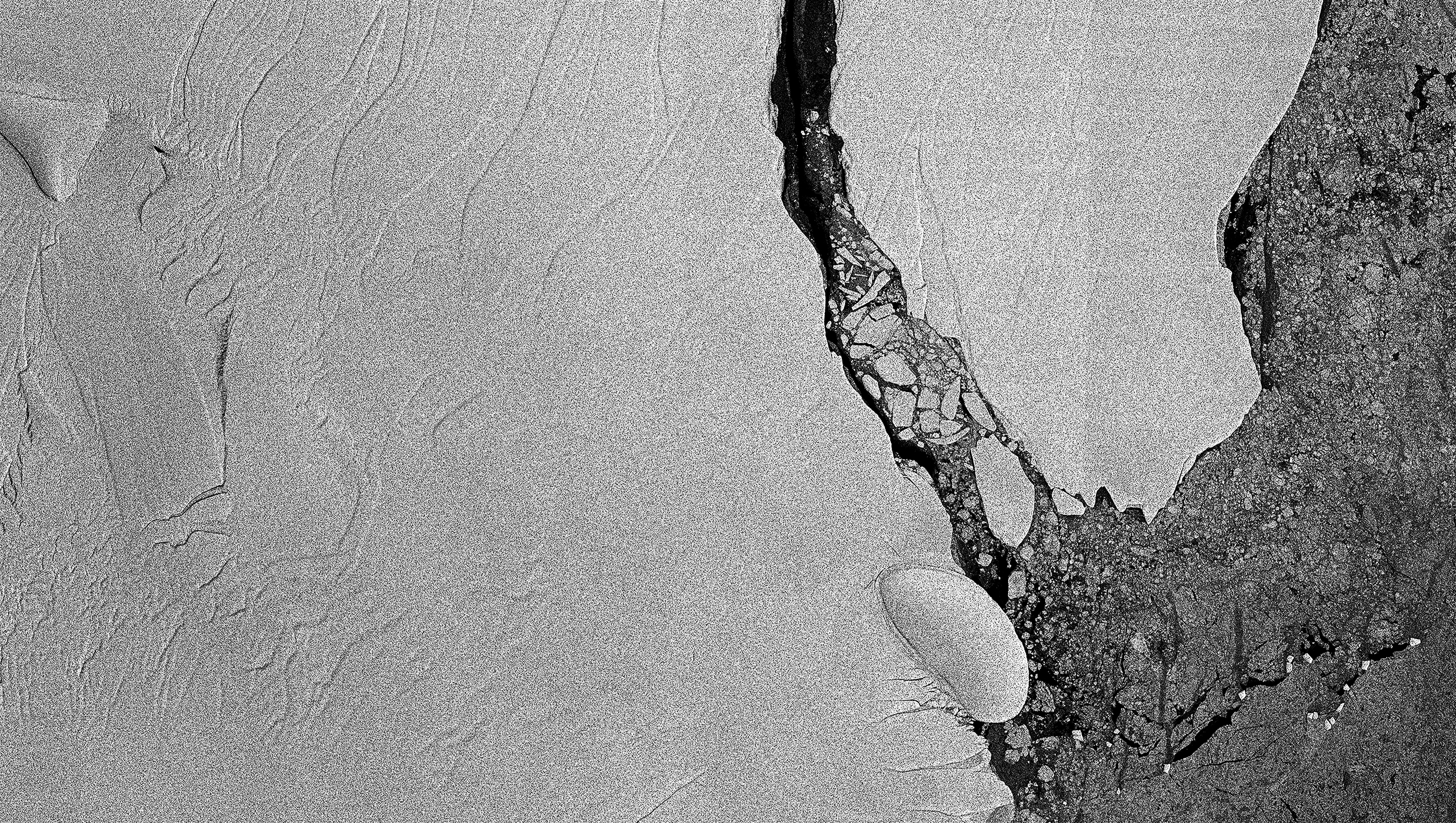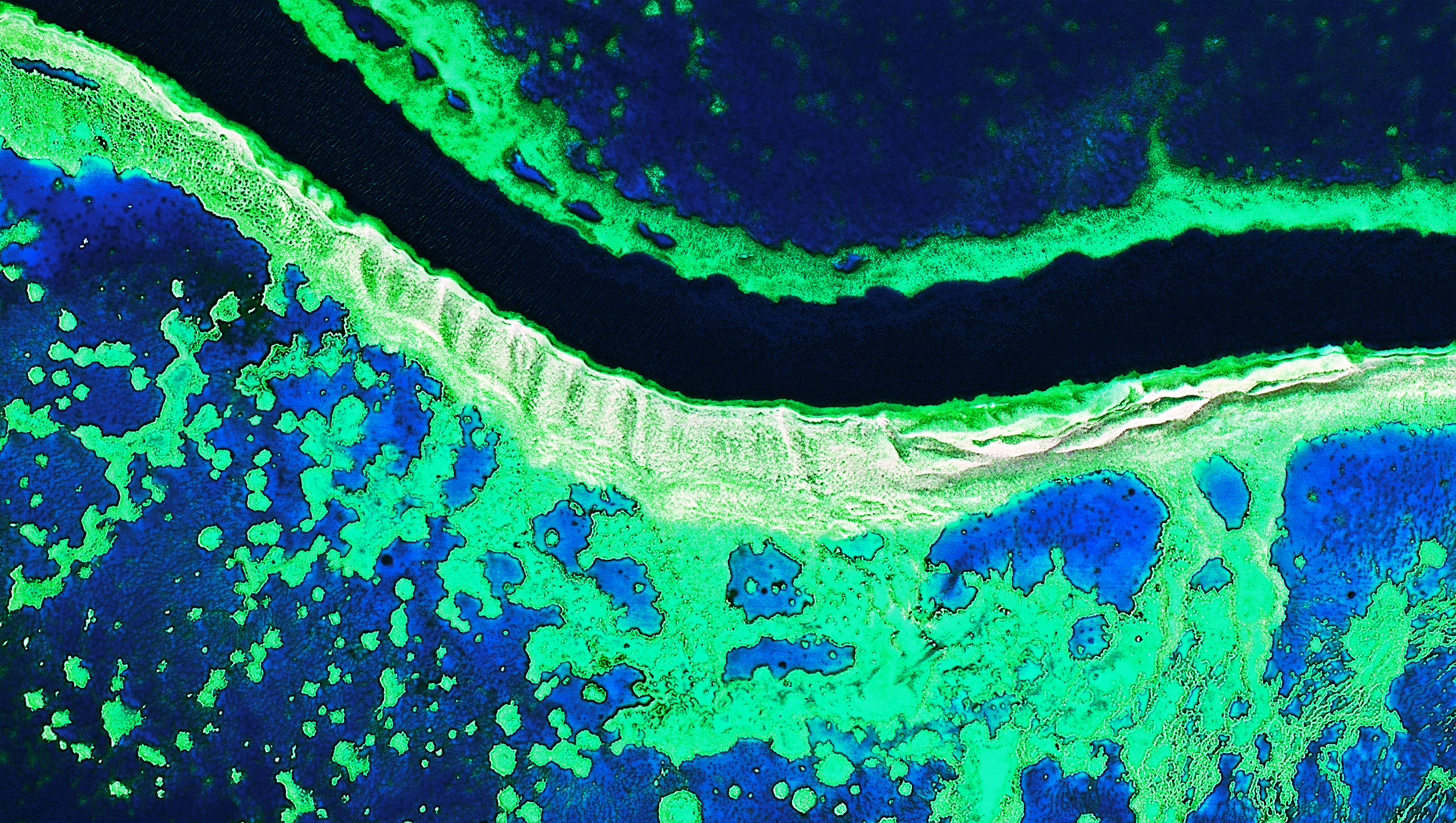
Rising temperature and increasing acid levels in the oceans are gradually damaging the Australian coral reef, an essential habitat for a large number of marine species.
Great Barrier Reef, Australia
Deimos-2 image © Deimos Imaging, an Urthecast Company






